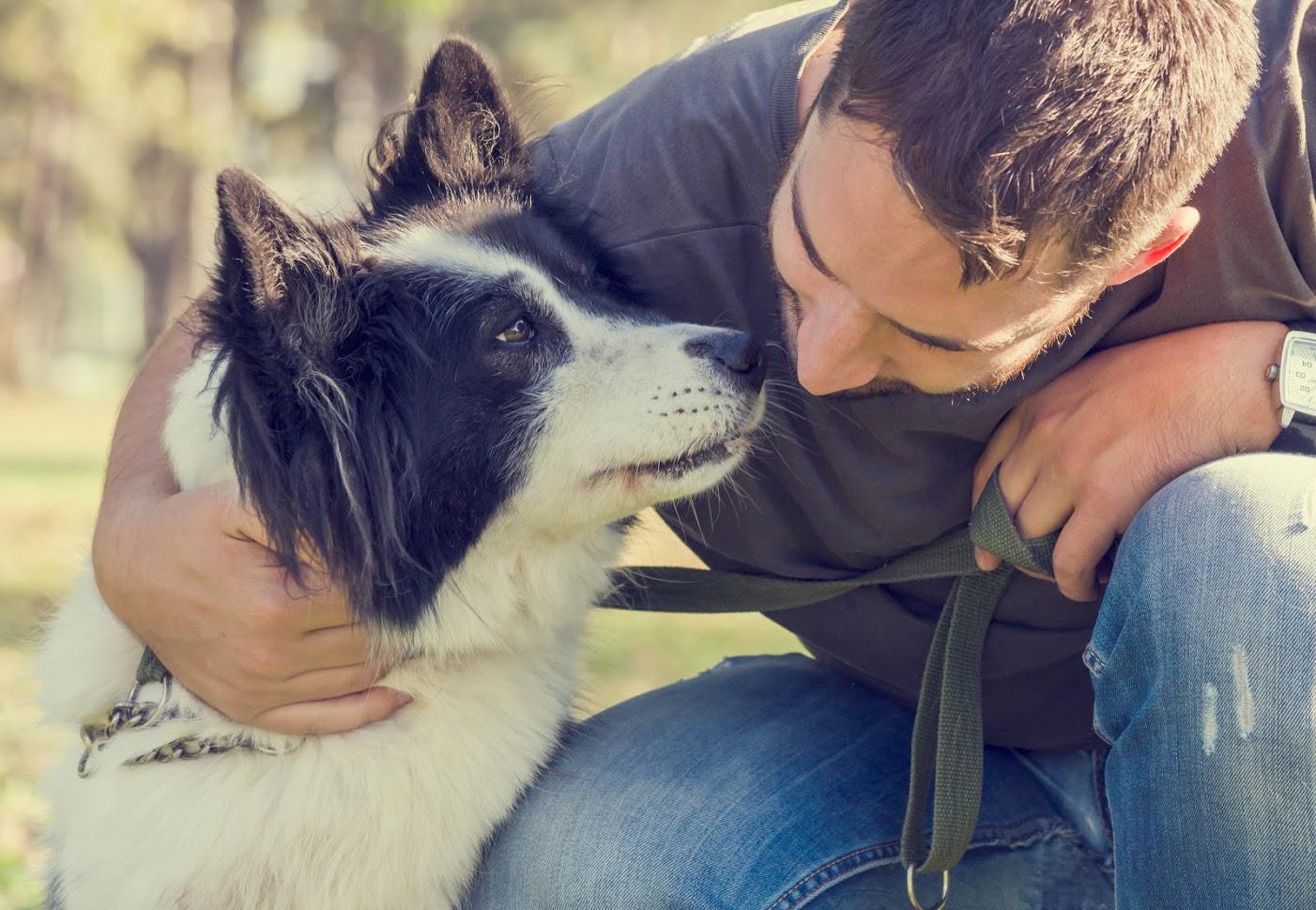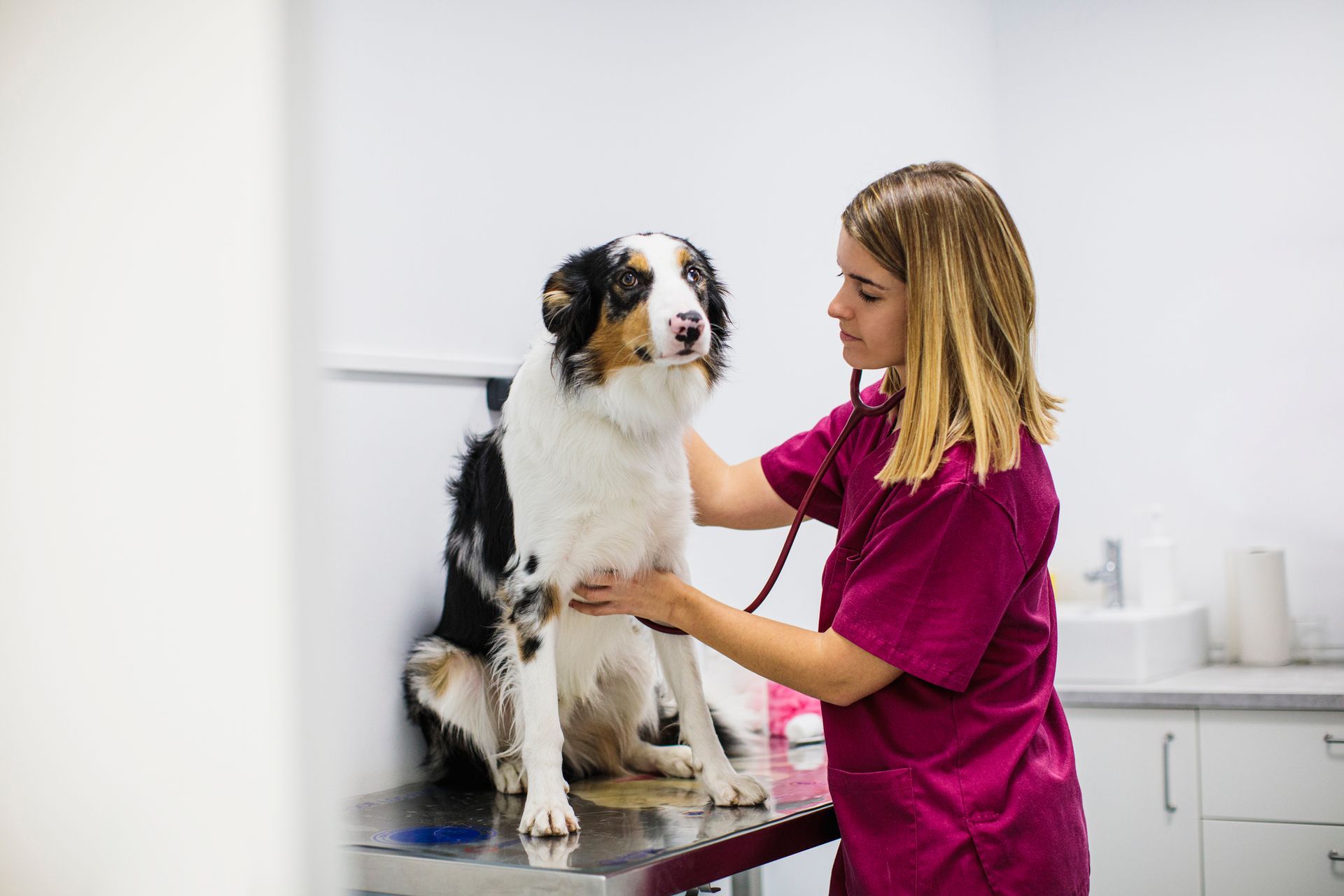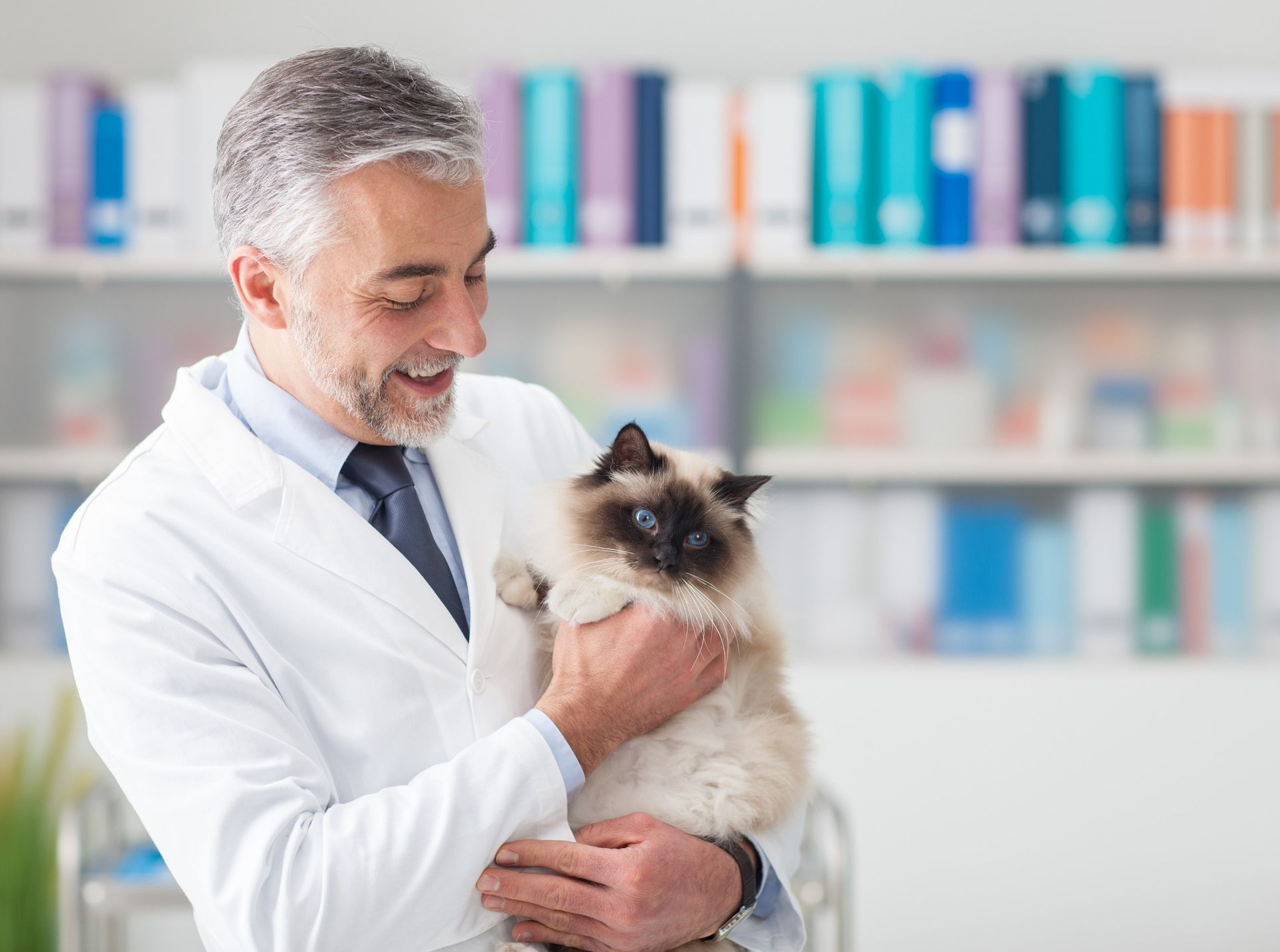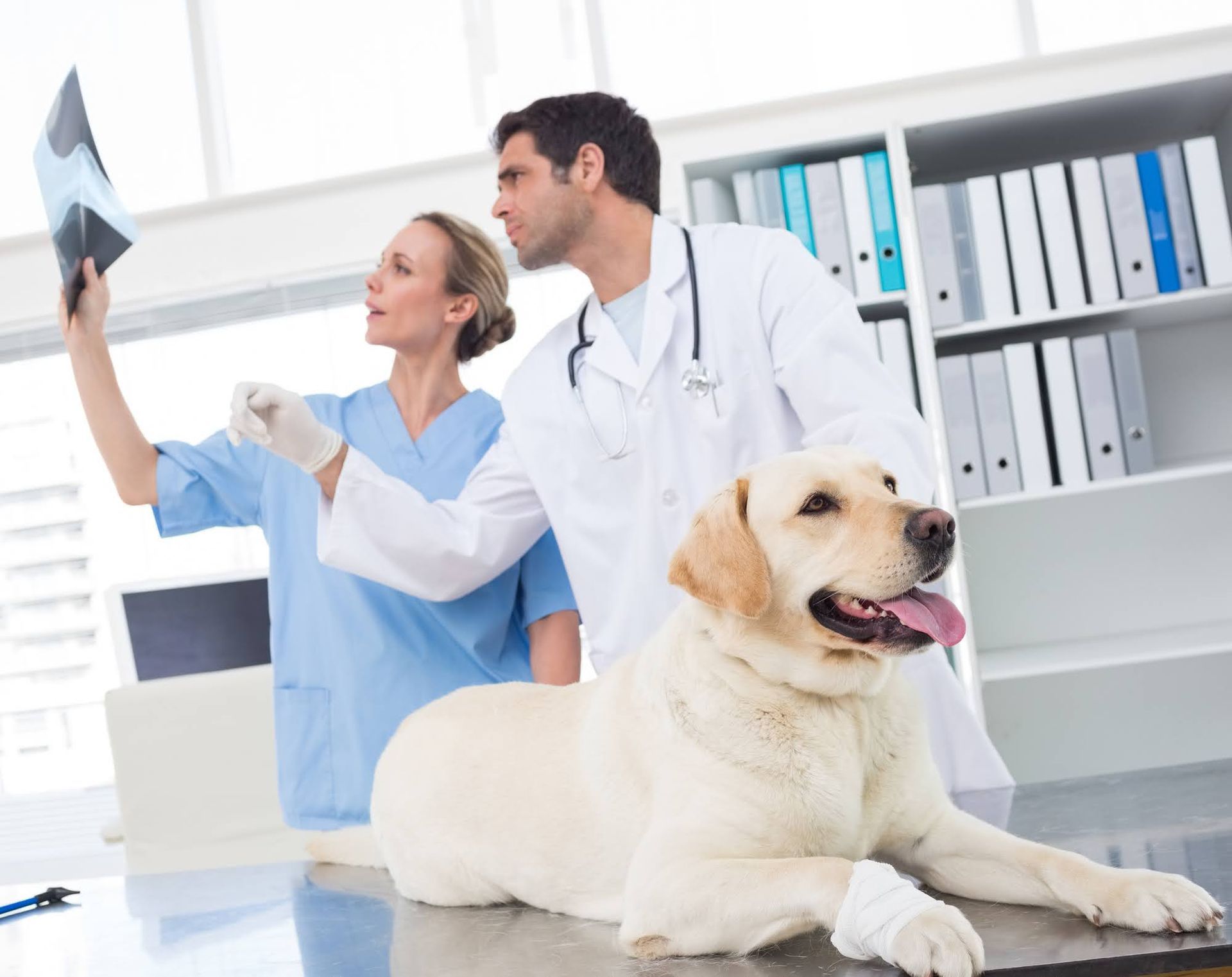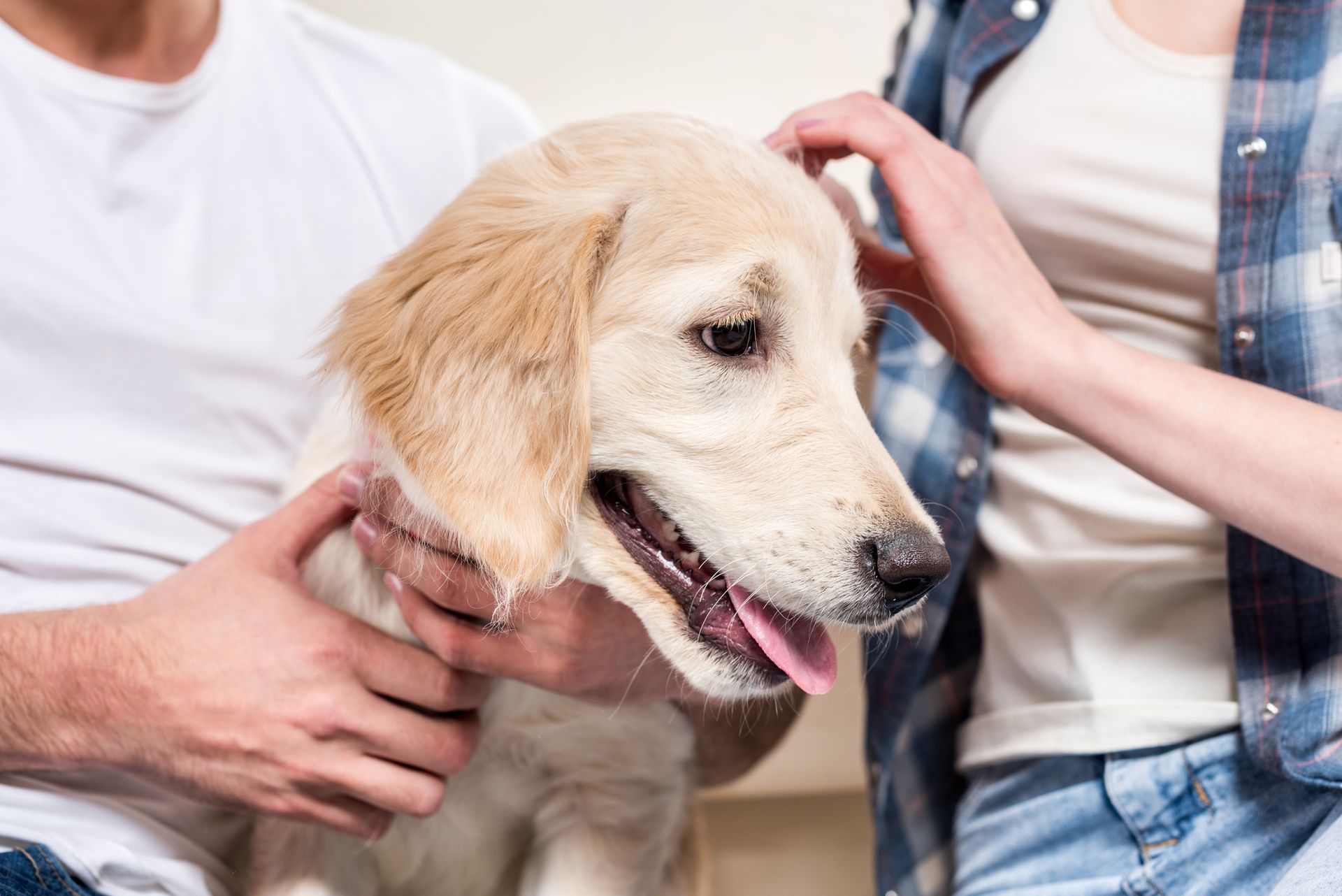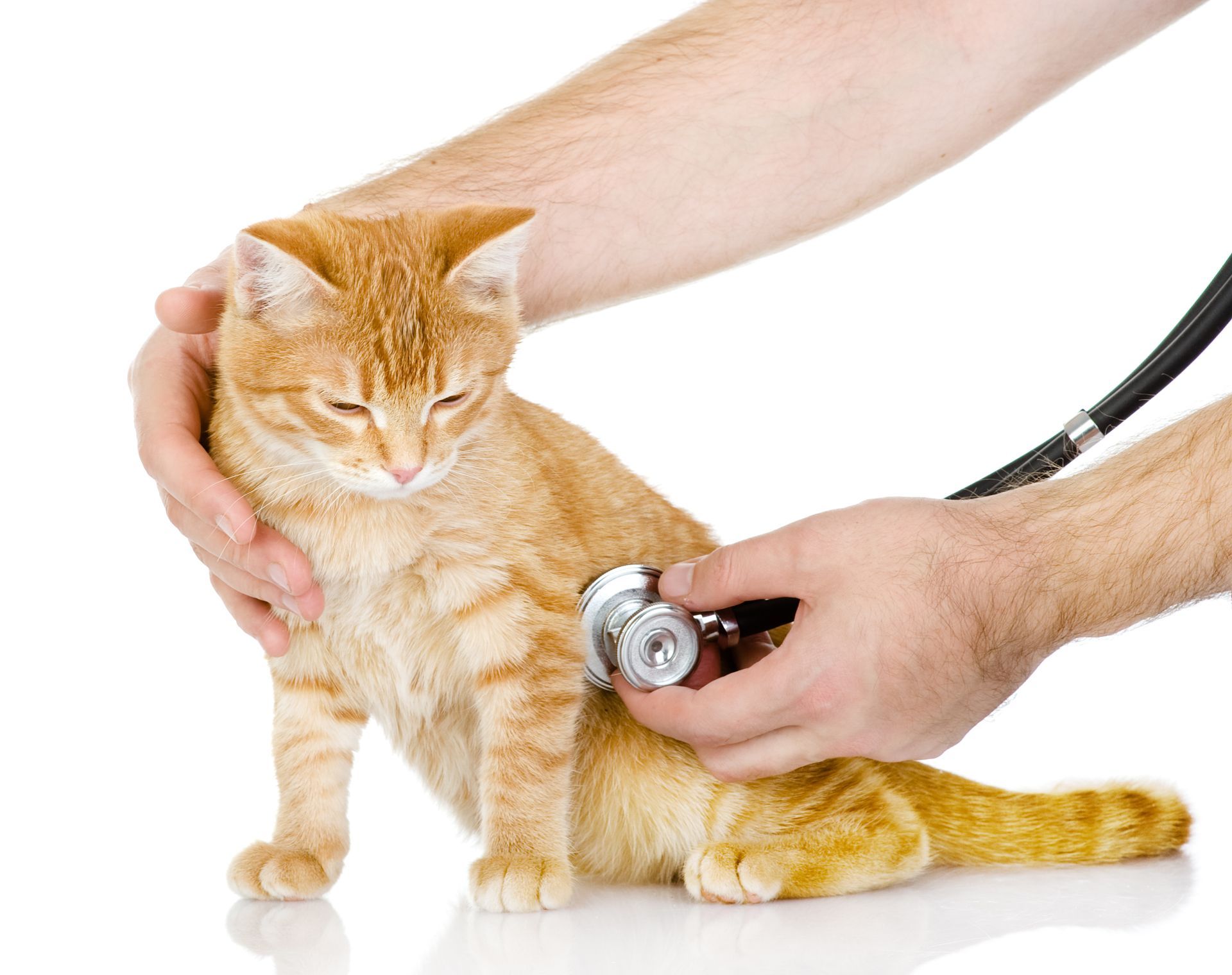Dog Limping? What to Know
Does your dog have a limp? This seemingly sudden symptom isn't something to ignore. If your dog's walk is off, take a look at what you need to know about limps, injuries, and when to visit the vet.
When Did the Limp Start?
Some dogs develop a limp over time, while others have a rapid onset of this symptom. A limp that grows gradually may come from a chronic or degenerative disease — and not an injury. But a sudden limp is likely the result of a recent injury to one of the legs, a paw, the hips, or the back.
What Can Cause a Gradual Limp?
Again, a gradual onset limp is typically a chronic or degenerative issue. The most common culprits behind this persistent problem include:
- Hip dysplasia. Even though your formerly playful pup doesn't want to put weight on one of their paws, this issue may have little or nothing to do with the leg and foot area. This skeletal disorder is more common in large breed dogs. But it can affect any type of canine.
- Canine osteoarthritis. Like humans, dogs can also suffer from osteoarthritis. This canine condition starts with the cartilage of the joint. When this is destroyed, the joint's cushion disappears and the dog may have decreased mobility or pain when moving. If this happens in the hips or knees, it can result in a noticeable limp.
- Cranial cruciate ligament disease. An injury to this knee ligament can cause chronic problems that become more noticeable over time. If left untreated, the ligament may eventually tear fully.
According to the American Board of Veterinary Surgeons, between 40 and 60 percent of dogs with cranial cruciate ligament tears will develop problems in their other knee. This can result in a prolonged limp that switches sides after the first knee heals.
What Can Cause a Sudden Limp?
A canine limp doesn't always happen over time. Your dog may have no trouble walking in the morning and then suddenly start to limp later in the day. Some rapid onset limps, such as carnival cruciate ligament injuries, can turn into chronic or degenerative conditions if left untreated. Along with cruciate ligament damage, other common causes of new dog limps include:
- Foot injury. An injured paw will hurt when your dog tries to put weight on it. Cuts, blisters, burns, torn nails, and broken bones can all force your dog to limp.
- Paw infections. A bacterial or fungal infection of the paw can leave your dog with sore or tender feet. Along with a limp, a dog with a foot infection may constantly lick or chew the area, or you may see drainage or discharge.
- Anterior cruciate ligament injury. The cranial cruciate ligament isn't the only part of a knee your dog can injure. A pull or tear of the anterior cruciate ligament can also make it difficult or impossible for your dog to walk without a limp.
Like chronic problems, immediate onset symptoms also require veterinary treatment. An injury may not heal on its own, and an infection isn't likely to go away without intervention. If your dog has a noticeable limp, call the vet as soon as possible — especially if your dog has other symptoms, such as bleeding, swelling, a protruding bone, redness, skin changes, or behavior changes.
How Can a Vet Help?
The veterinarian will examine your dog and may order diagnostic imaging tests, such as x-rays. After they review the results, the vet will diagnose the cause of the limp. The sooner your dog gets an accurate diagnosis, the sooner they can start treatment — and feel better.
The specific type of treatment your dog will need depends on the cause of the limp. Chronic conditions, such as dysplasia or arthritis, may require weight loss, medications (non-steroidal anti-inflammatory drugs or glucocorticoids), or surgery. Treatment for a sudden onset injury may also include medications or surgery. Dogs with infections may require extra hygiene care or prescription topical or oral medications.
Do you need to schedule a vet visit for your pet? Contact Angel Pet Hospital for more information.

